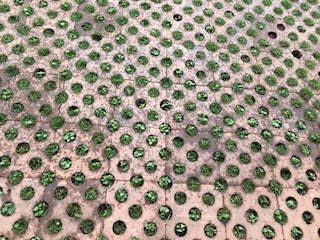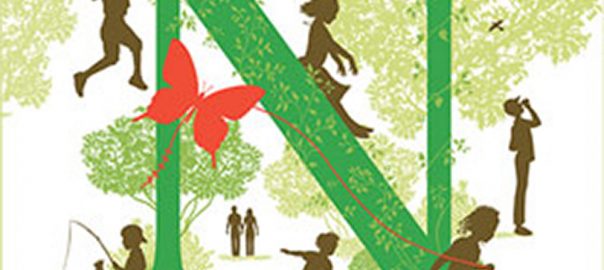Both the meso and macro benefits of green walls shine light on the role of cities in addressing the growing global problem of extreme heat, excessive precipitation and loss of nature-based barriers for environmental pollution.
Although the green fences may not be the overarching solution to Kampala’s loss of vegetative cover, wetland resources and green corridors, which are increasingly being cleared to open up plots for high-rise apartments, business complexes, and infrastructure expansion projects, their importance lies in the incremental benefits of providing a micro climate for human health and re-naturing the look of Neigbourhood environments.


Whereas green infrastructure—riparian zones along urban drainage lines, urban agricultural spaces, wetlands, urban forests, wildscapes and extensive patches of green areas—holds the promise of confronting the challenge of urban resilience, institutional arrangements and planning processes in most southern cities are devoid of perspectives that go beyond a single institution’s mandate and a systems-oriented lens on preserving, restoring and protecting nature in the city.
As such, green infrastructure has been treated uni-dimensionally—that is, something nice to have as a green area around a building or house instead of providing critical ecological and social benefits, such as absorbing or living with shocks such as floods and epidemics. Social-economic issues such as poverty, industrialization, and youth unemployment that dominate current planning regimes in southern cities are for the most part overlooking the broader socio-economic opportunities associated with ecosystem restoration and enhancement[i][ii].



But not all hope is lost.
Over the last five years, I have been jogging around the city suburbs and picked up an interest in the green fences and their meso and macro benefits. I have not spoken to the proprietors of the premises, but from the look of things, using my intuition and random picturing with a mobile phone, I have come to some conclusions on the scalable benefits of urban green fencing in Kampala.

The benefits of green fences
Broadly, the meso benefits include edible fruits and vegetables from walls, growing traditional and herbal medicines on walls,
recreational walls, green paved compounds for percolation of surface run-off, aesthetics and aromatherapy from flowery walls, front and backyard pasture for livestock, thorny tendril for safety, green barriers for dust storms, heat stress, air pollution, noise and flush floods, as well as hydroponic substrate in which the plants grow.
The macro benefit, on the other hand, is that urban green fences as nodes of re-naturing the city, providing green cover for climate resilience, maintain ecosystems for food and heritage conservation, biodiversity conservation, reciprocal integration of grey and green infrastructures[iii].

They also unlock dependency on actors in government to provide opportunity of engagement with formal institutions, to co-design strategies that re-connect people and infrastructure development with nature as an intervention for resilience building in the city.
Take-away message
Both the meso and macro benefits shine light on the role of cities in addressing the growing global problem of extreme heat, excessive precipitation and loss of nature-based barriers for environmental pollution[iv][v]. Considering the need to upscale solutions to heat health and other risk management strategies across timescales, re-naturing cities through urban green fencing is an intervention to reckon with.
Buyana Kareem
Kampala
References:
[i]Schäffler, A., & Swilling, M. (2013). Valuing green infrastructure in an urban environment under pressure – The Johannesburg case. Ecological Economics, 86, 246–257. https://doi.org/10.1016/j.ecolecon.2012.05.008
[ii]Lwasa, S., Buyana, K., Kasaija, P., & Mutyaba, J. (2018). Scenarios for adaptation and mitigation in urban Africa under 1.5 °C global warming. Current Opinion in Environmental Sustainability. Elsevier B.V. https://doi.org/10.1016/j.cosust.2018.02.012
[iii]Bowler, D. E., Buyung-Ali, L., Knight, T. M., & Pullin, A. S. (2010, September). Urban greening to cool towns and cities: A systematic review of the empirical evidence. Landscape and Urban Planning. https://doi.org/10.1016/j.landurbplan.2010.05.006
[iv]Who, W. H. O. (2010). Global recommendations on physical activity for health. Geneva: World Health Organization, 60. https://doi.org/10.1080/11026480410034349
[v]World Health Organization (WHO). (2008). Our cities , our health , our future. Organization, 1–199. https://doi.org/10.1007/978-1-4020-8496-6







Leave a Reply